So here’s what we’re going to say, and you know the difference between tiles used in the pool and other normal tiles.
What is the tile used in a pool? What exactly is the pool tile? This is typically one of the most fundamental issues that come up when people use ceramic tiles.
Or, what are the most important distinctions that can be made between standard ceramic tiles and pool ceramic tiles? Or, to look from another angle, why not check the unique qualities that distinguish pool tiles from other tiles?
Designed tiles are specifically designed for use in wet and always wet conditions, such as swimming pools, known as “pool tile” and their name gives some of their distinctive features.
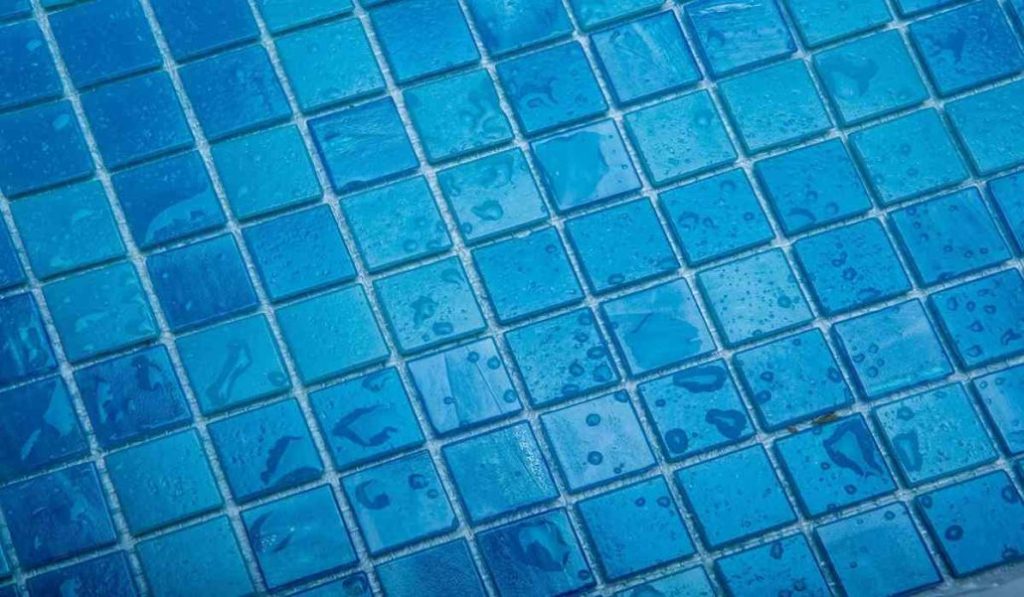
In recent decades, this type of tile has been among the most common materials in spectacular and insulated pools and has many supporters. They absorb water and humidity in a relatively small amount.
The parts and specifications of swimming pool tiles for swimming pools are really made of china and made in miniature sizes before being glazed. White soil is used in the production of this product.
The soil is then baked at an elevated temperature for a long time. As a result of production conditions, the product has very low water and moisture absorption. Pouring a few drops of water on the surface of the pool tile can determine how to absorb the water.
If the water recedes from the surface without being absorbed, this suggests that the tile has a absorption rate that is very close to 0%.
The tiles used in swimming pools are often in square or hexagonal shape and attached to nets with dimensions of 30 to 30 cm using attachment points 2.5 cm by 2.5 cm.
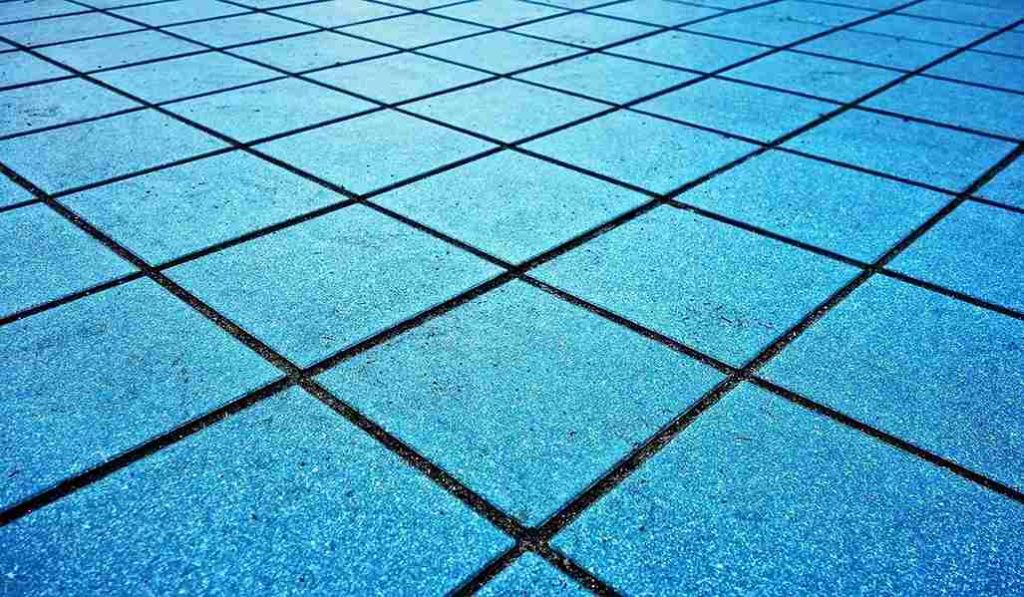
Smaller pieces of this type of tile may be easily separated from the net and can be used to produce delicate goods such as vases and art supplies.
It is produced in all kinds of colors like white, blue, red, orange and green, among the colors of this product that is most sold in blue, white and blue marine. Other colors include red, orange and green what puts a pool tile from a regular tile is the texture surface.
Comparing conventional ceramic tiles with the samples used in swimming pools, the amount of water that can be absorbed by tiles is one of the important issues in their consideration. Because of this, the water absorption ratio in pool tiles can be as zero percent, while in normal tiles it can be more than 5 percent.
Pool tiles are ideal for places that experience significant amounts of shrinkage and expansion because they have high resistance to freezing, another key feature of these tiles.
For example, if the architect decided to use ordinary tiles for the body and floor of swimming pools, tiles can be used for a year to separate from the surface and require a change. This can happen for several reasons.
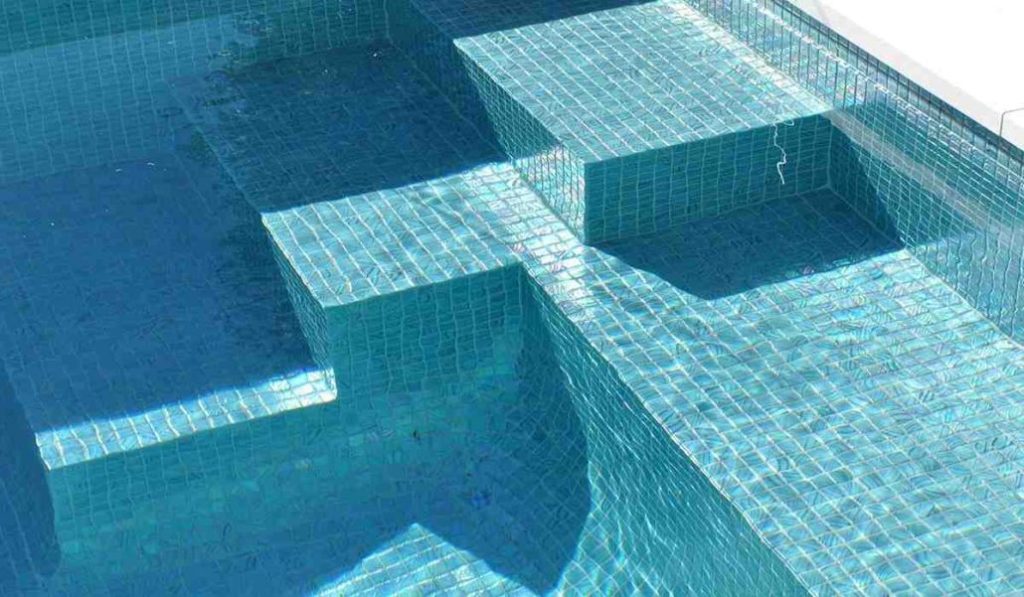
In addition to all of these, regular tiles get dirty faster than pool tiles, making them more difficult to clean, especially if they have matte glaze. Pool tiles are easier to keep and clean. The glossy coating on the pool tiles helps the illusion that the space is larger than it actually is.
Putting tiles for the pool using glue or tile adhesive that is specially designed for ceramic tiles is strongly recommended when installing pool tiles. This kind of adhesive actually offers a high level of resistance on the work surface.
Additionally, it needs a thinner layer of tile and concrete adhesive during the installation process, making it feel that there is more room there than the actual.
However, when isogum and grioer are used, about two to three centimeters are removed from space, making it look smaller.
The use of concrete adhesive with tile of it has significant results and in time saving is more than other methods, it has pool tile properties.

Below are some examples of the advantages of pool tiles:
- A range of colors and colors
- Helping to look a larger, more flexible surface.
- Excellent flexibility against cold and heat
- Color resistant
- It can be incorporated into many different designs.
- Water absorption and relative humidity very close to zero
- Use Pool Meters
Pool tiles with very low water absorption, including suitable alternatives for building floor and body pool, sauna, jacuzzi, toilet and bathroom, kitchen and any other place with too much moisture, are highlighted many times in previous paragraphs.
As a result, they are successful. In addition, today pool tile is also widely used for coating ceramic powders and fountains. Beautiful and attractive patterns may be formed for these parts using different colors available for tiles.
Ceramics often used for swimming pools are often used in the production of ceramic panels and even in the fine arts.
In addition, because of their attractive consistency and appearance, they are often used for column cover, space between cabinets and other similar areas.
Pool ceramics is one of the most easily transmisable and easily deformable types into a new form. This allows the user to modify the original sample and design by slightly separating and deforming shapes, and also enables the user to create unique and stunning designs using the original sample.
Production these days, individual pieces of pool tile can be assembled to almost any design including wall painting, face design, thin designs and montage images. You can use a colored dyeing powder that matches the pool tile color to make the work on the pool tile more beautiful. This not only adds to the beauty of the work, but also makes the environment more uniform and uniform.
If you have any questions about our pool tile selection, contact our sales and support team. Contact one of our team members today for no-fee advice about ordering and buying pool tiles.
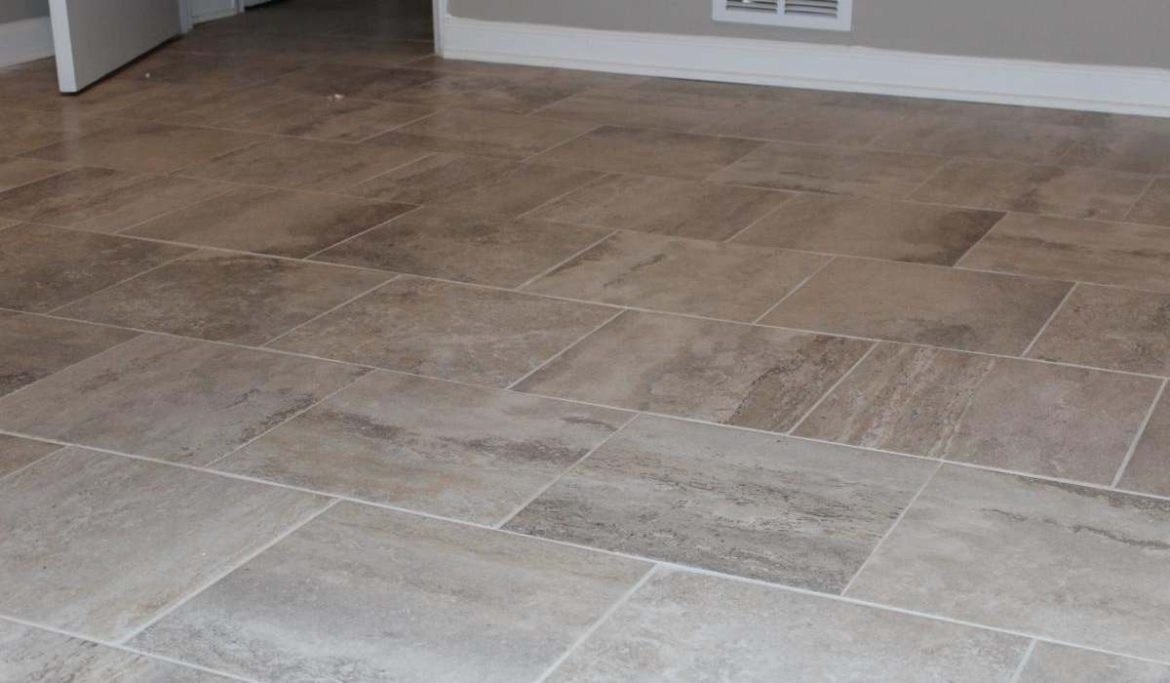
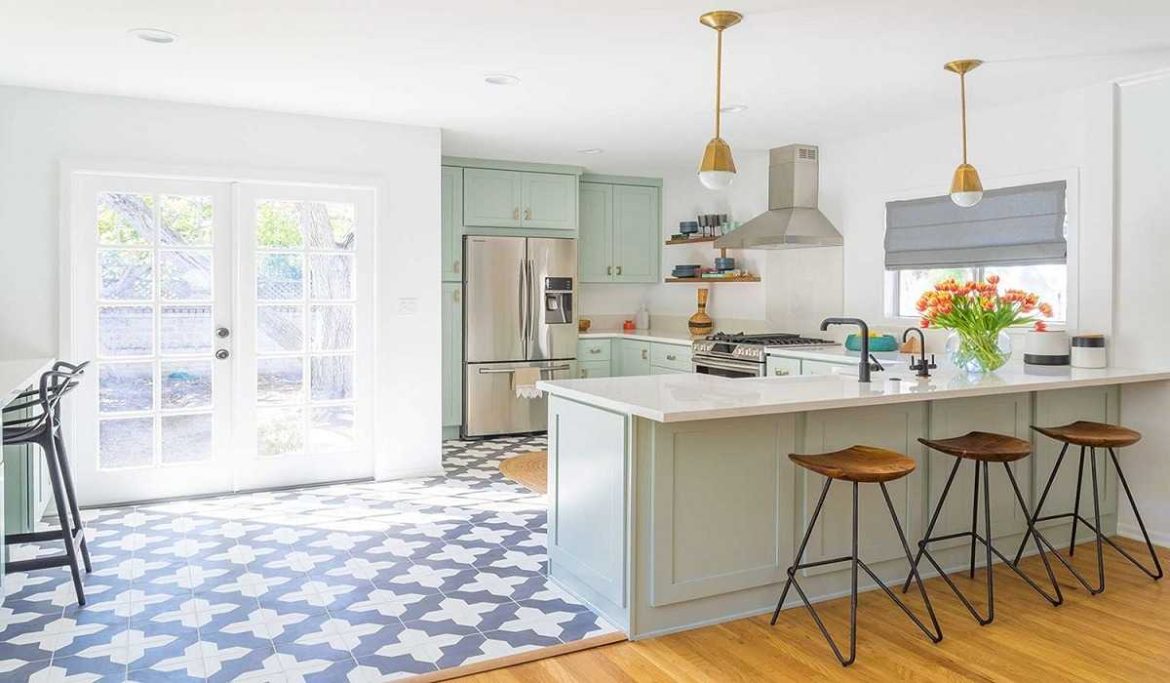
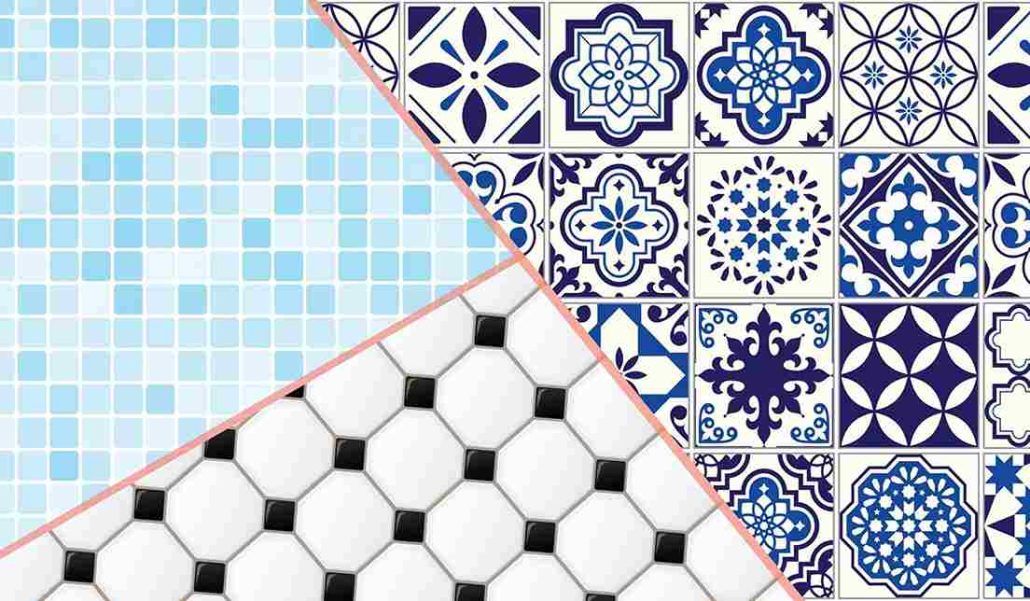
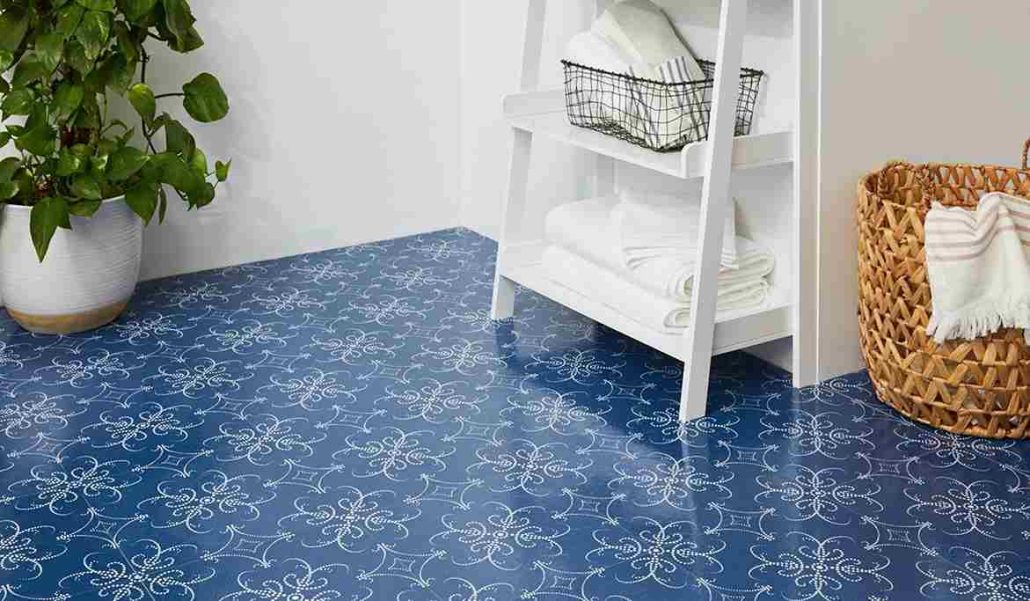

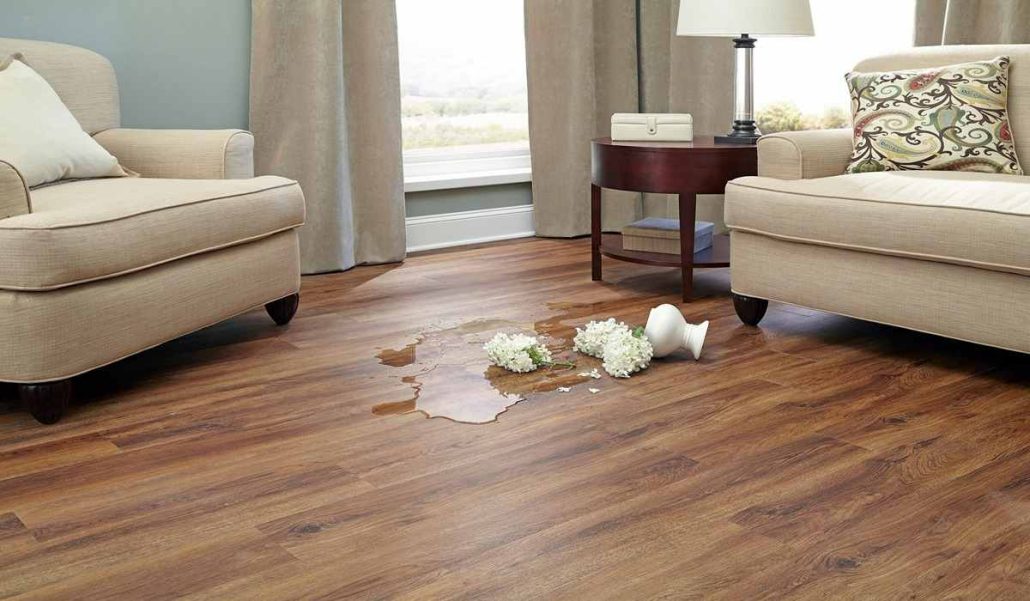
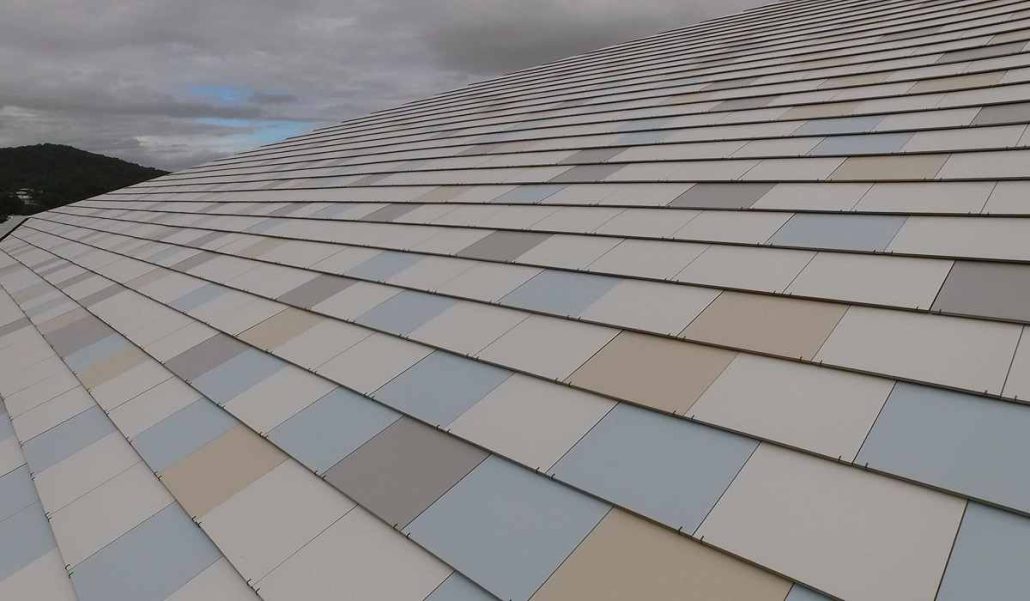
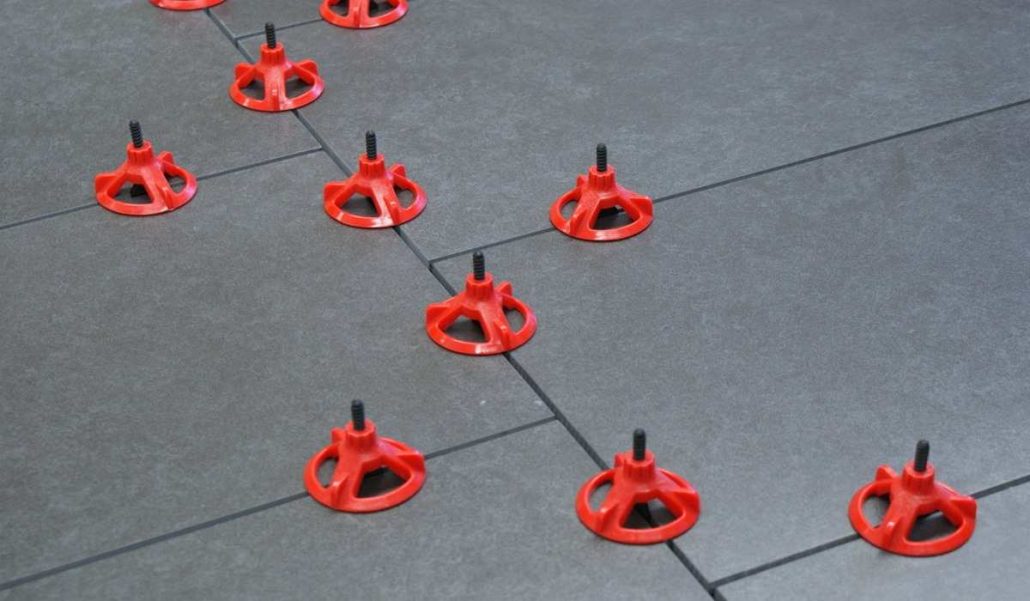
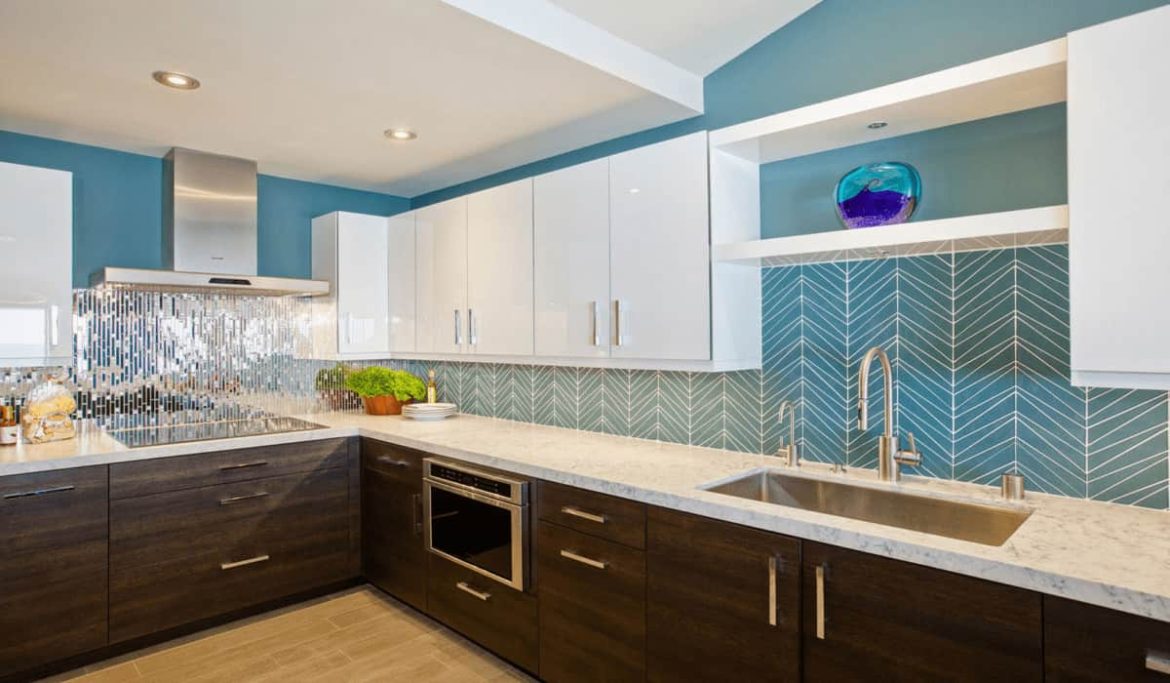
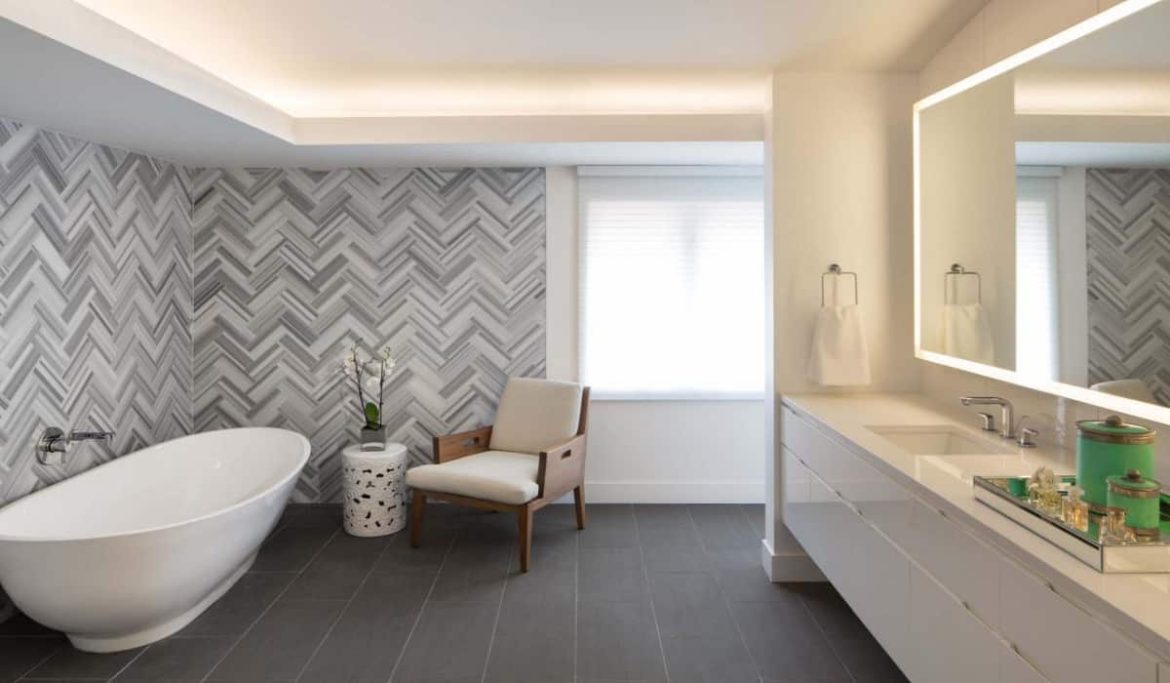
Your comment submitted.